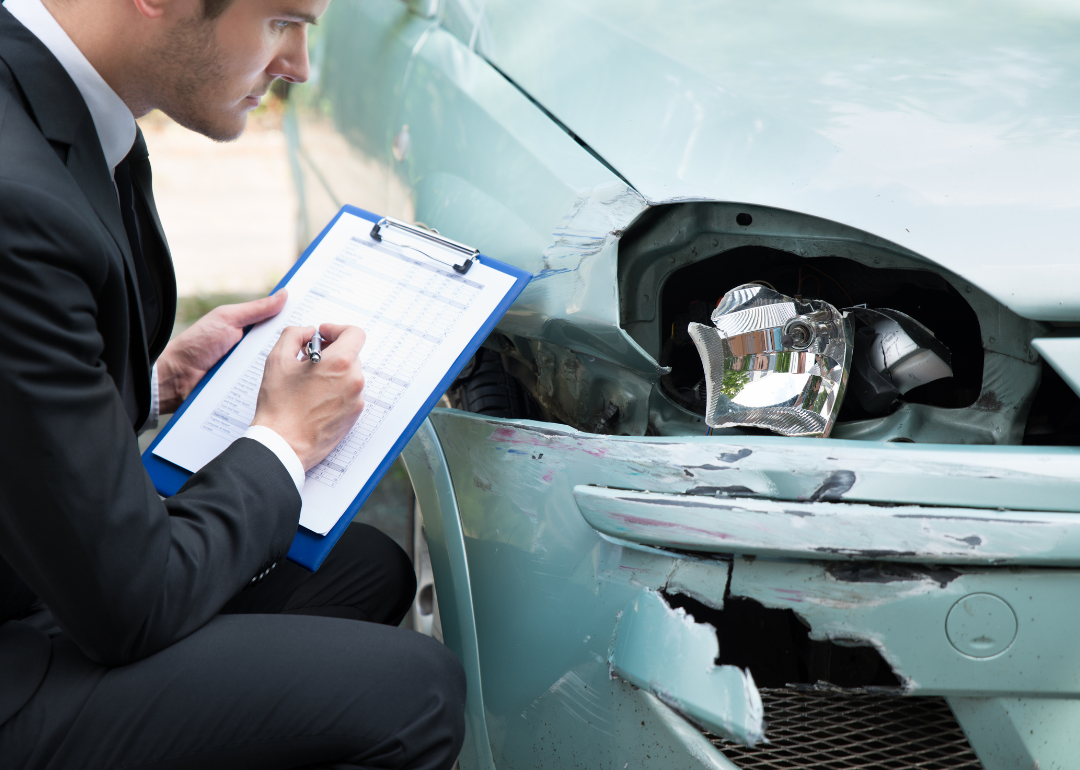
Car insurance FAQs: This is what a deductible and 14 other terms mean
This story originally appeared on CoPilot and was produced and distributed in partnership with Stacker Studio.
Car insurance FAQs: This is what a deductible and 14 other terms mean
You've finally managed to buy a car—but you're not done yet. Now you need to choose car insurance, something many vehicle owners might find considerably less fun than enjoying their new ride. Insurance policies are contracts full of complex terminology that must meet state regulations, so the technical language can make anyone feel like they need a law degree to translate. But this can be by design: Insurers also make policies complex in order to eliminate ambiguities that lawyers can leverage in court.
If you've given up trying to make sense of what's covered, and to what degree, you're not alone. About 96% of drivers don't understand the basics of their car insurance policy, according to a 2022 survey. To address this problem, CoPilot analyzed National Association of Insurance Commissioners and Insurance Information Institute resources to compile 15 terms consumers absolutely need to know to navigate the car insurance market.
Not knowing the lingo insurers use could cost you in the long run—if you make assumptions about the language of your policy, you may be in for a shock if it doesn't cover certain damages or injuries.
Some states—including Florida, Colorado, Arizona, Texas, and North Carolina—require policies to be readable, using grade level or Flesch scale readability scores to determine how easy they are to understand. But they still contain industry terms that can be difficult to parse.

Deductible
When you get auto insurance, the insurer is taking a risk that you might get in an accident, but you share that risk through your deductible. That's the amount of money or percentage of costs you pay if you have a claim before the insurance coverage kicks in.
For example, say you drive through a grocery store parking lot, hit a cart, and it breaks your headlight. The repair estimate is $250, and you have a $200 deductible. You would pay $200, and the insurance company would pay $50. If your deductible were more than $250, you'd be responsible for the entire bill. Typically, the higher the deductible on your policy, the less your insurance policy will cost.
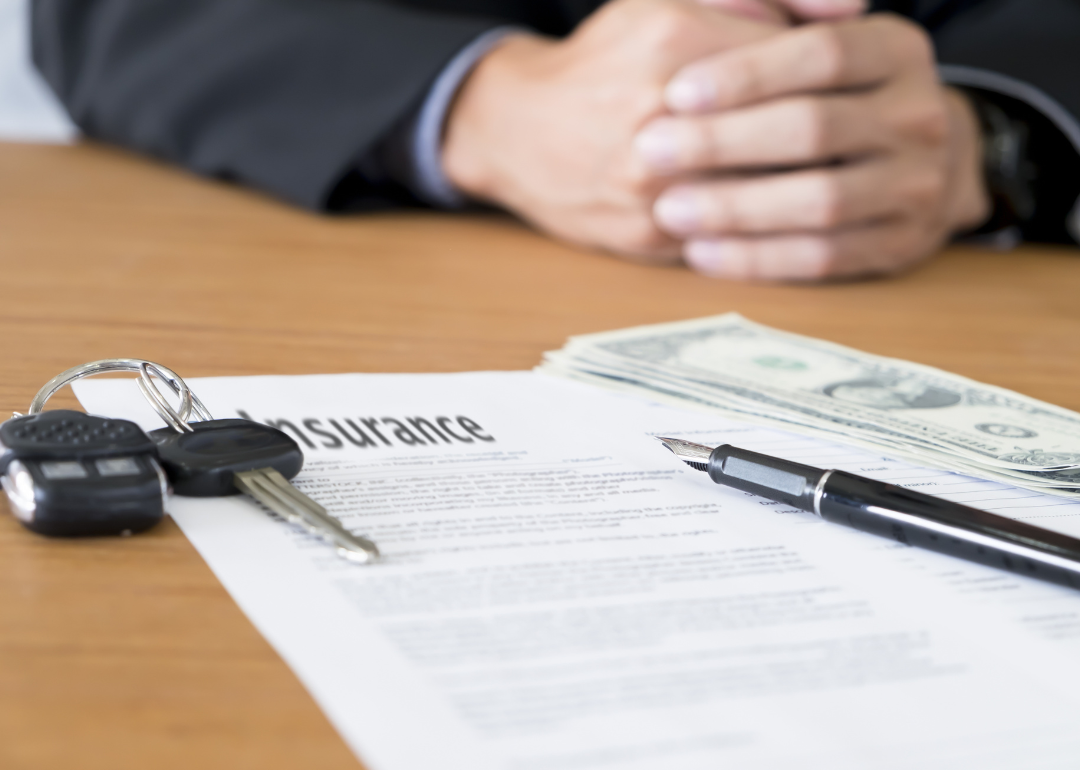
Premium
A premium is the amount of money you pay for insurance coverage. Insurance companies determine this amount based on factors like your age, where you live, your driving record, and whether you've filed a claim in the past. You may have to pay your premium in full before your coverage starts. But depending on the insurer, you may also be able to pay semiannually, quarterly, or monthly.
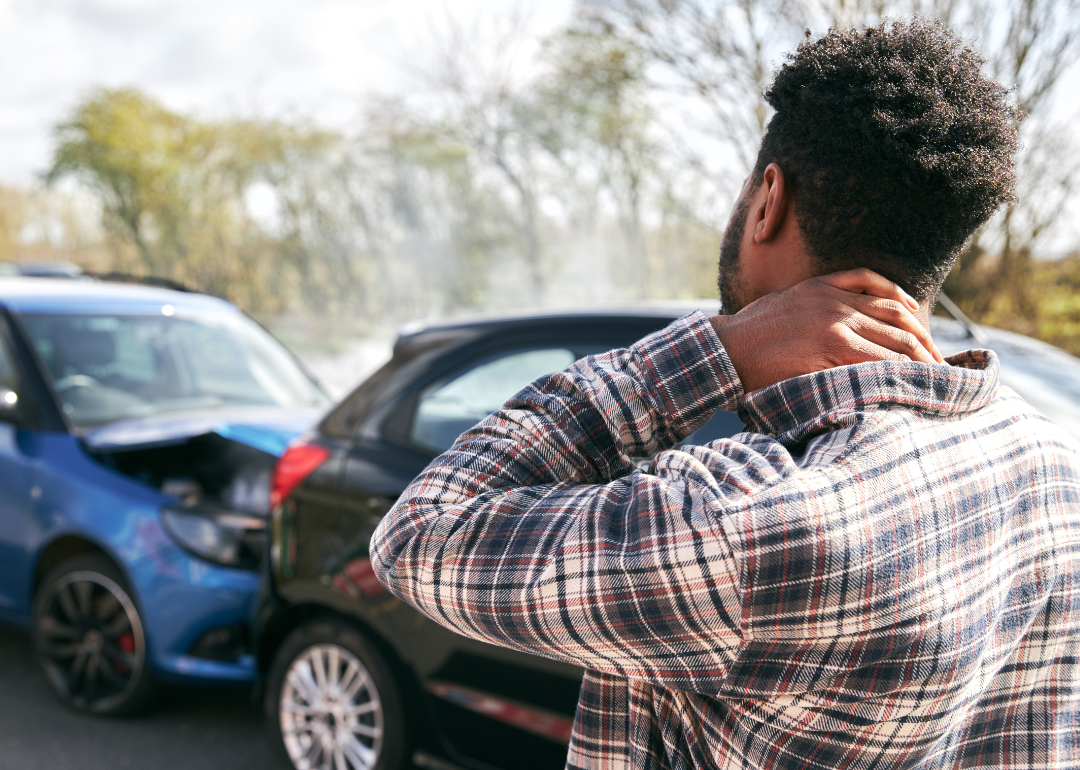
Liability insurance
If you cause an accident, liability insurance will pay for the medical and property costs the other party incurs. This can be broken out into body injury liability and property damage liability. The amount of coverage you have is the maximum amount of money the insurance company will pay out.
State requirements vary, but coverage is generally in the tens of thousands. For instance, in 2023 a New Jersey law went into effect that increased the required minimum amount of liability coverage for that state's drivers from $15,000 to $25,000, a move that will add about $125 to drivers' bills annually until the minimum increases again to $35,000 in 2026.
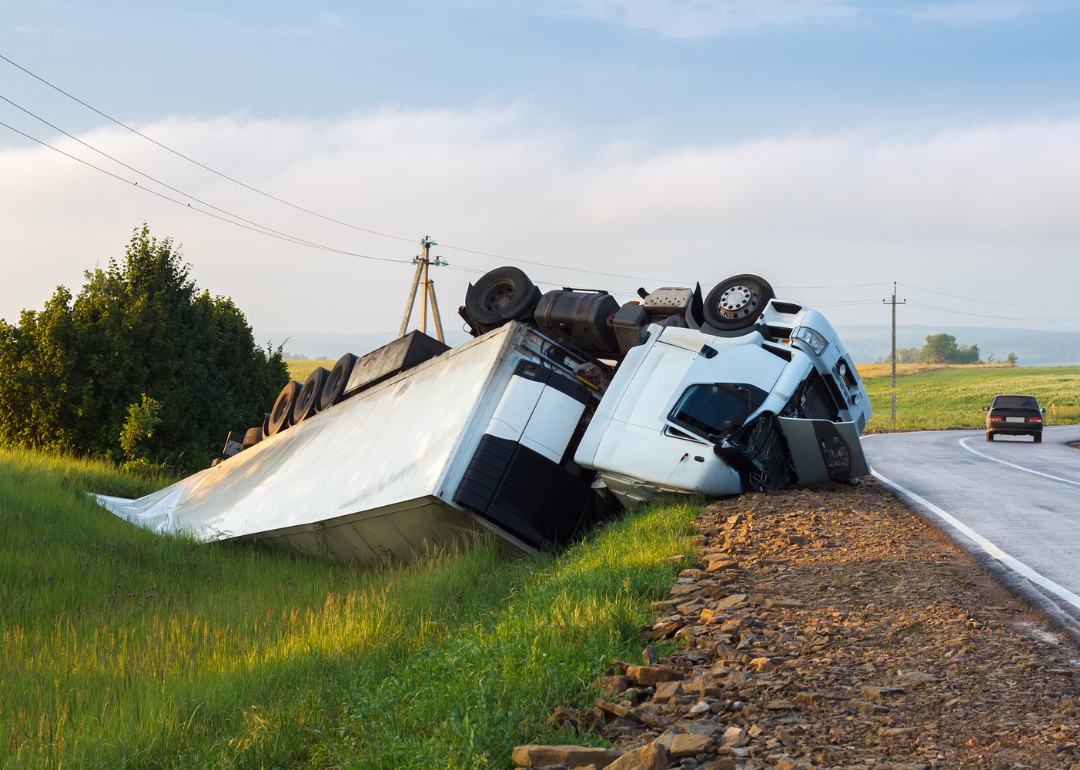
Commercial auto insurance
Business owners who have vehicles that are primarily used for company business—including company cars, trucks, vans, and construction vehicles—get this type of insurance to cover their fleets.
Commercial insurance offers protection for bodily injury and property damage liability that affects others. It also pays for medical treatments for people who were injured in the company's vehicle, as well as personal injury protection for those people. Commercial insurance also often covers damage done in collisions or caused by uninsured motorists. It can also include what's often called "comprehensive" coverage, which pays for damage done by thieves, vandals, and weather.
This insurance usually has higher liability limits, which gives business owners a little more protection from lawsuits if someone using a company car causes an accident. Rates have been on the rise, up 7% in the fourth quarter of 2022, according to a report from MarketScout. This increase is in part due to inflation, but it's also because drivers are taking more risks and ending up in bigger accidents.
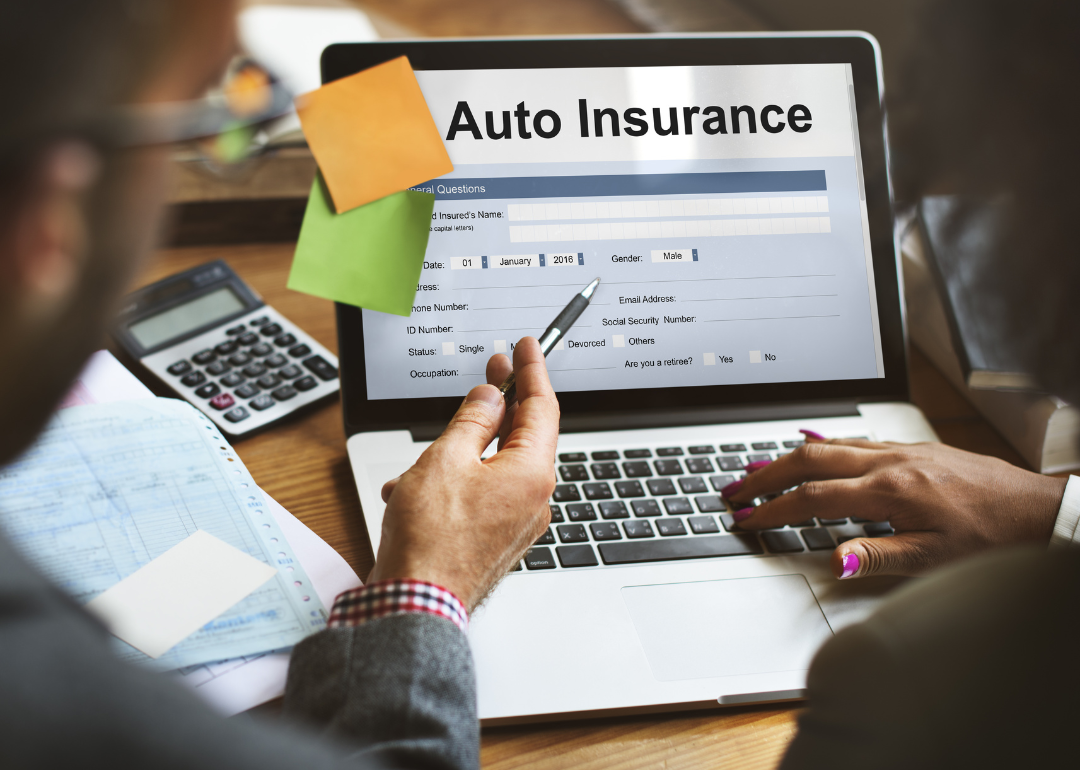
Personal auto insurance
If you own a car or truck that's for personal use, you'll shop for this type of auto insurance policy. It's mandatory for car owners who live in Washington D.C. and every state—except New Hampshire and Virginia—which have laws requiring drivers to be able to pay for medical bills and damages if they cause a crash. Having insurance fulfills that responsibility.
If you don't have insurance—and 1 in 8 drivers does not, according to the Insurance Information Institute—and cause an accident, you're responsible for paying any costs, and your driver's license could be suspended.

Terms, lapses, and effective dates
When you purchase an auto insurance policy, you buy it for a certain period of time—the term length—that begins on a particular day, called the effective date.
If you don't pay your insurance bill on time, your policy will lapse, meaning that the insurance company can cancel your coverage. When you're buying a new car, you may need to buy insurance before you take the car off of the lot, so check with the dealership. If you're trading in another car, your insurance company may allow you a few days' grace period on your old policy in order to get the new policy worked out.
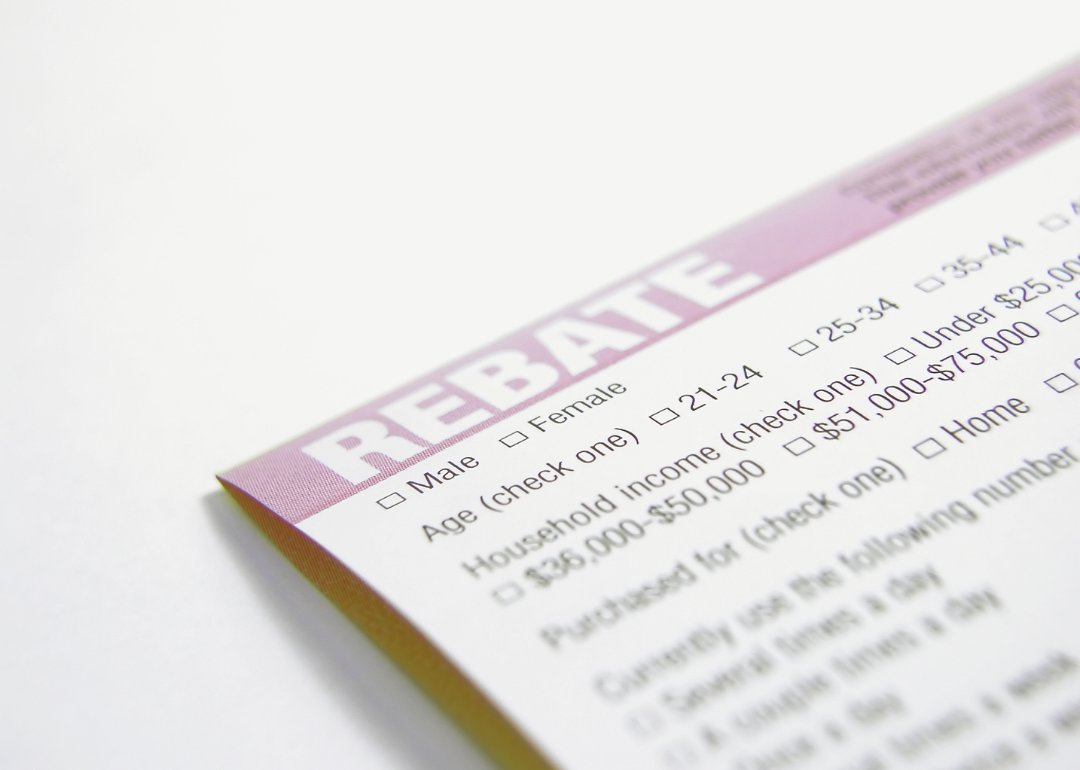
Rebate
Sometimes events will happen that cause insurers to refund some or all of your insurance premium payments. This happened notably after the initial pandemic lockdowns, when many insurers sent rebates to policyholders because people were driving less and there was not as much traffic on the roads, both of which meant fewer accidents insurers had to cover.
Other reasons arise as well. For instance, in 2022, the state of Michigan issued a $400 rebate for each registered vehicle in the state because there was a surplus in the state's catastrophic claims fund, which is supported by insurance companies and drivers' premium payments.

Underwriting
When an insurance company gives you a policy, they're taking a risk that you'll be a safe driver and won't cause any accidents. Underwriting is the process they use to determine those risks, decide whether to offer you insurance, and what the rate will be if they do.
In this process, insurers sort applicants into groups of similar risk behavior and determine a rate for the entire group based on the claims that come from that group. Low-risk groups have lower rates than high-risk groups.
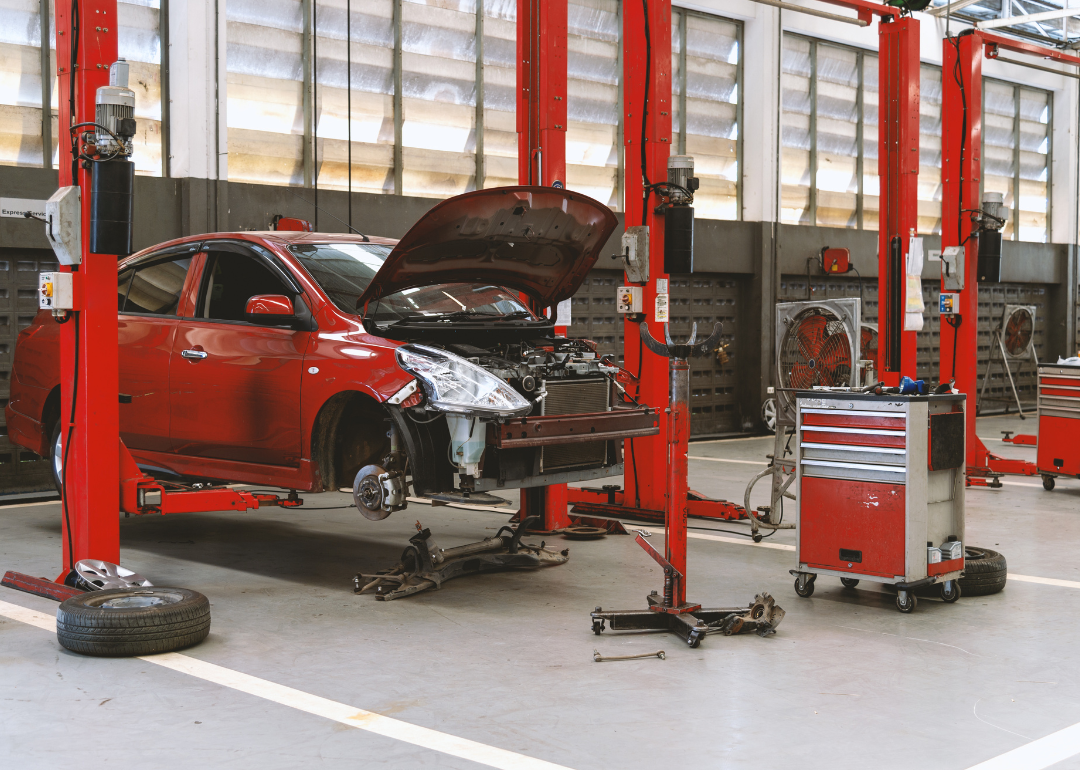
Copay
Copays allow insurers and insured consumers to share incurred costs. They're typically used when a claim involves medical expenses, and function much like copays in health insurance. Copays can also happen with auto repairs if a repair shop and insurer can't agree on a price to repair damage on a vehicle. In those cases, the insured person would have to pay the difference between the amount the repair ship is charging and the amount the insurance company is willing to pay.
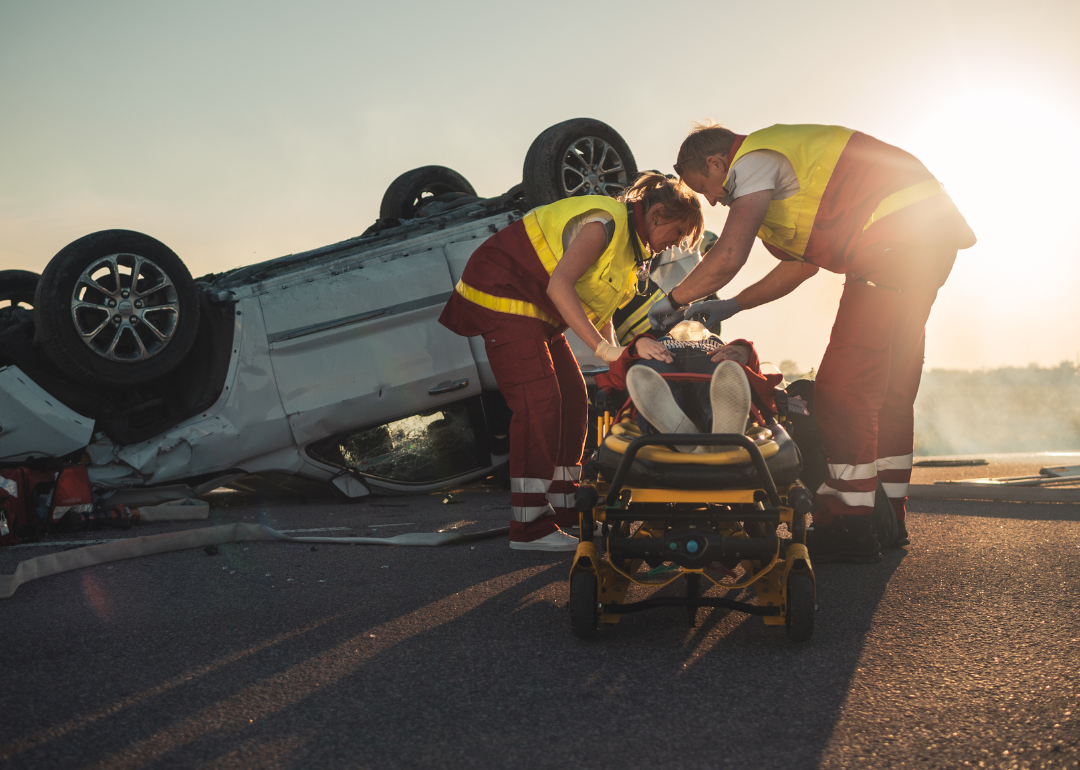
Personal injury protection coverage
If you're in an accident, personal injury protection, often called PIP, covers medical expenses for you and anyone in your vehicle, whether you—or they—have health insurance. It differs from liability coverage, which is for expenses for the other party in a crash.
PIP coverage is mandatory for drivers in any of the 12 states that have no-fault insurance laws, which require all drivers in a crash to file an insurance claim, regardless of who was at fault. Those states are Florida, Hawaii, Kansas, Kentucky, Massachusetts, Michigan, Minnesota, New Jersey, New York, North Dakota, Pennsylvania, and Utah. Drivers in Puerto Rico must also have PIP.
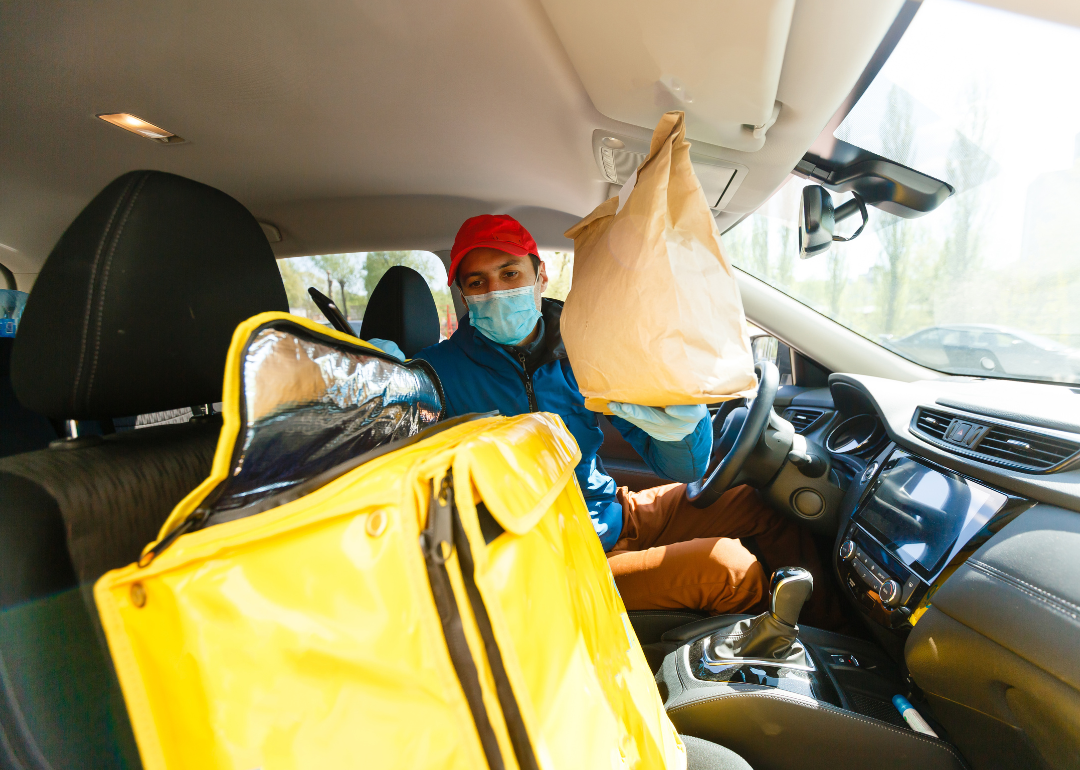
Private passenger auto insurance
Private passenger auto insurance is the technical term given to the insurance plan you have for your personal vehicle. This blanket term includes all the different types of coverage you might have, such as liability, PIP, collision, and uninsured/underinsured motorist coverage.
If you use your personal car for work, private passenger insurance may restrict or limit the coverage you have. During the pandemic, Maryland recommended that insurers waive this restriction, as many citizens started using their personal vehicles to work as delivery drivers.
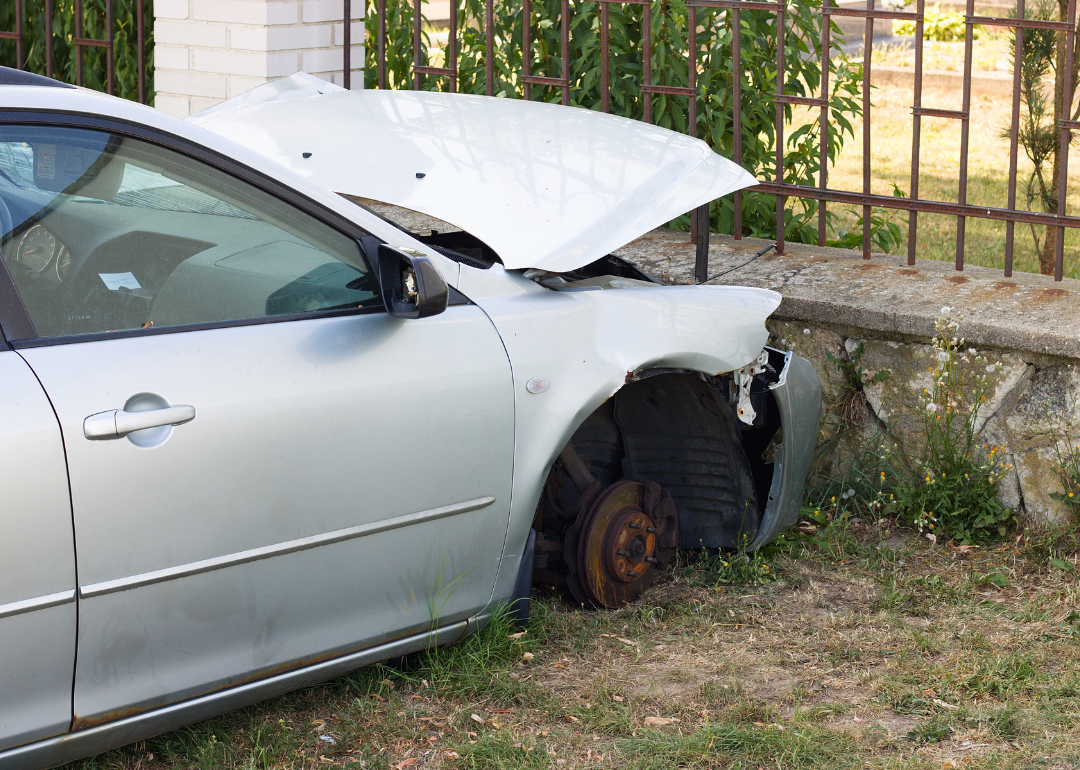
Auto physical damage insurance
While liability insurance covers damage you cause to someone else's car, auto physical damage insurance covers damage that happens to your own car. This comes in two main types, which are often bundled together but may also be sold separately, to allow consumers better control over their costs.
Collision coverage kicks in when you have, yes, a collision—not just with other cars, but also if you had a run-in with a deer or a fence. Comprehensive coverage is what takes care of the payments if you discover someone has smashed in your window or even stolen your car. This type of insurance also covers weather-related damage, such as flooding, hailstorms, and fire.
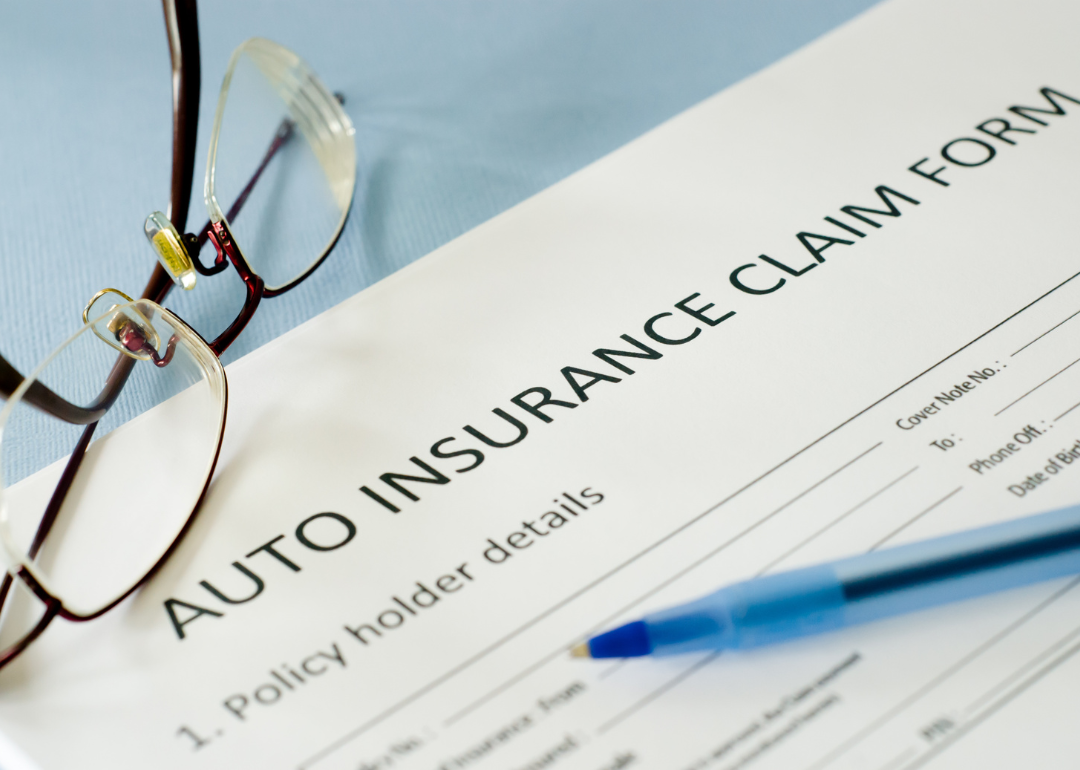
Claim
A claim is the report you give to your insurance company if you've been in a crash and want them to cover the costs of the damage. Insurers will investigate the event and can choose to accept the claim—that is, pay for damages according to the terms of your insurance policy—or deny it and pay nothing. You may be able to appeal a denial, or even a partial denial, to your insurer or even to a state agency that regulates the insurance industry.
If you're at fault for the crash, making a claim could cause your insurance premiums to go up. Due to the increasing costs of claims, the Insurance Information Institute found that rates rose 8.8% in 2022. If you're not at fault, filing a claim allows your insurance company to connect with the other drivers' insurance companies and settle any financial disputes without your involvement.
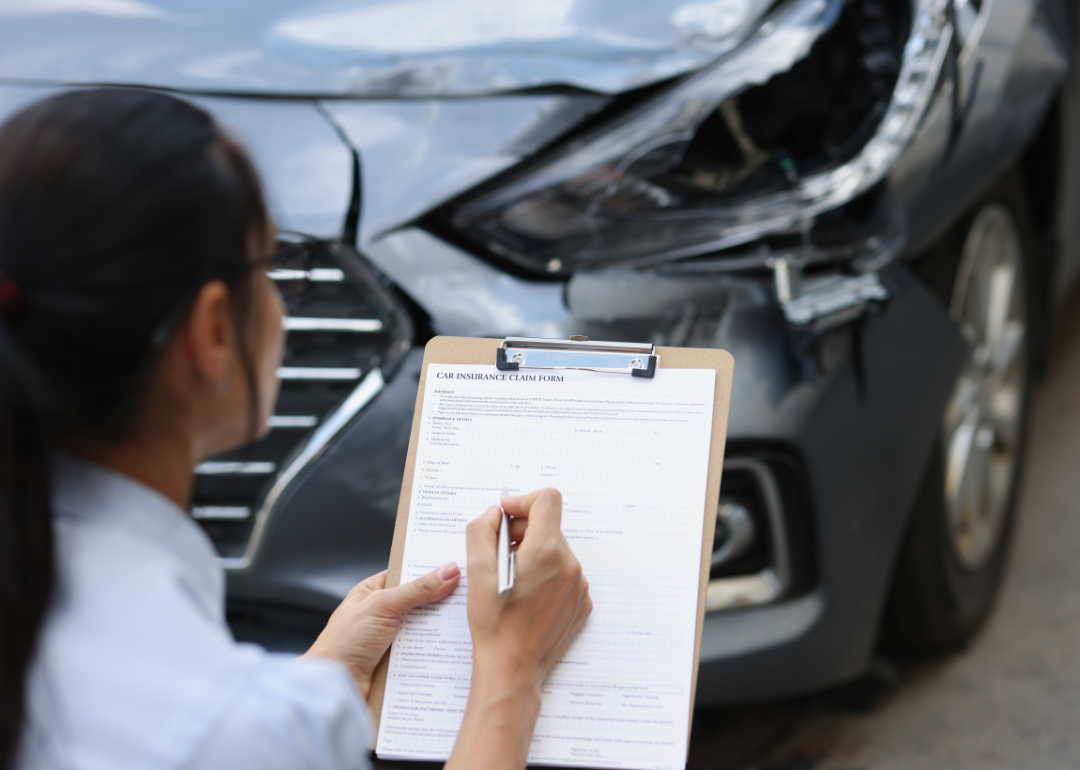
Claims adjustment expenses
When someone makes an insurance claim, the insurance company has to fully investigate it to make sure the claim is legitimate. This can take a lot of legwork, as it includes determining what happened, how much damage was actually done, how much of the claim will be covered, settling it, and even defending the policyholder against legal claims. All of this costs money, so some insurers require policyholders to pay for some of these expenses.
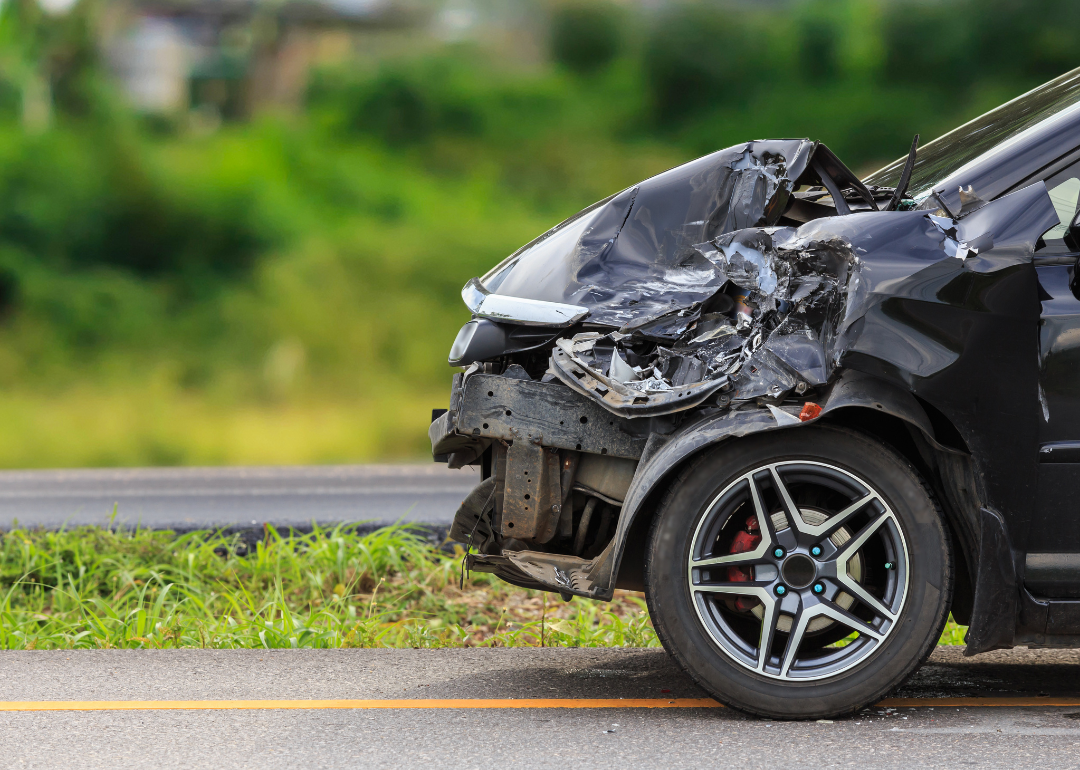
Financial responsibility
States have so-called "financial responsibility" laws that require drivers to be able to pay for crashes for which they are liable. Each state has its own requirements for the minimum amount of liability levels that drivers must have. Most require at least some coverage for bodily injury and property damage liability. Some also require additional types of insurance, such as uninsured motorist, underinsured motorist, and personal injury protection.
New Hampshire is the only state that doesn't require auto insurance, although banks who lend money to car buyers may require it as a condition of the loan. New Hampshire drivers who are in crashes are required to prove they have enough assets to cover the costs. And if the damage or injury is serious enough, they may have their license suspended.
Virginia has minimum insurance requirements, but the state allows drivers to drive without insurance if they pay the state a special fee, which does not provide any insurance coverage.



